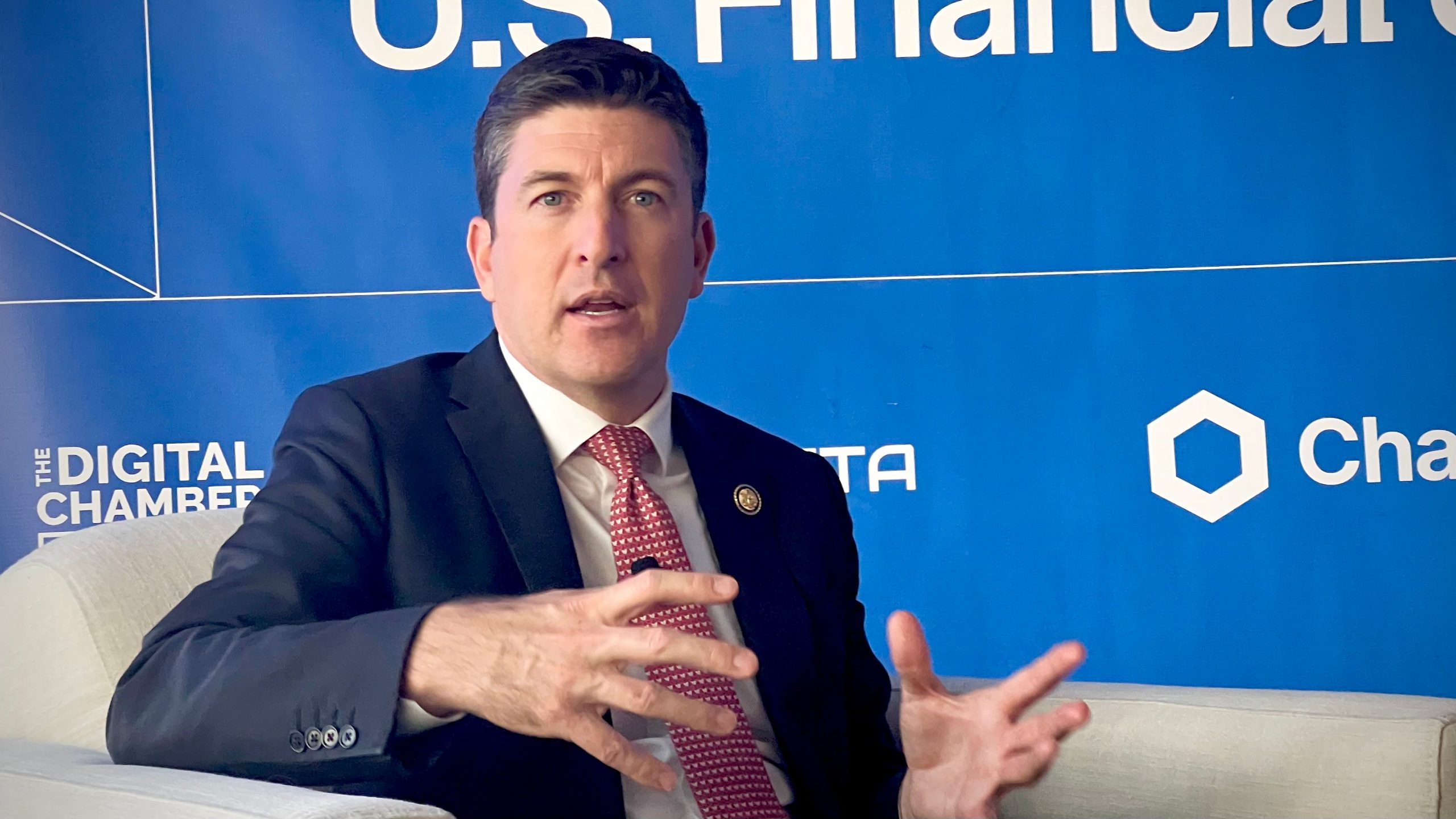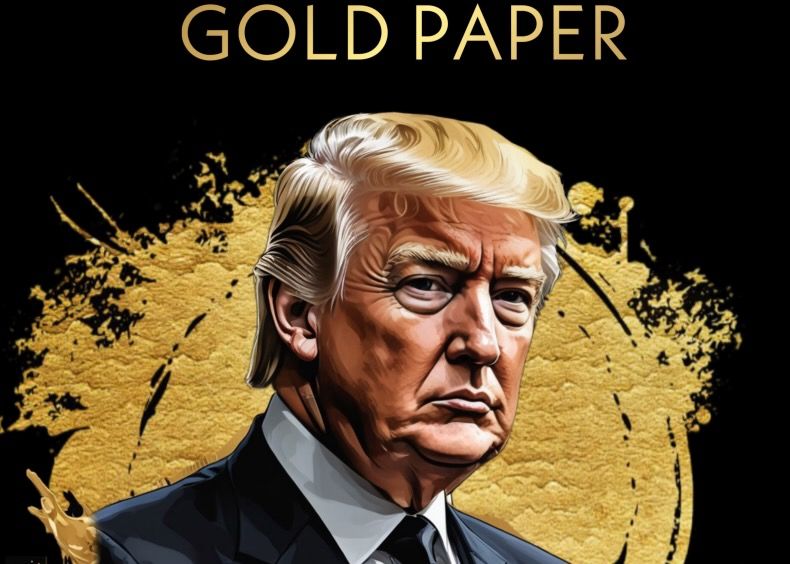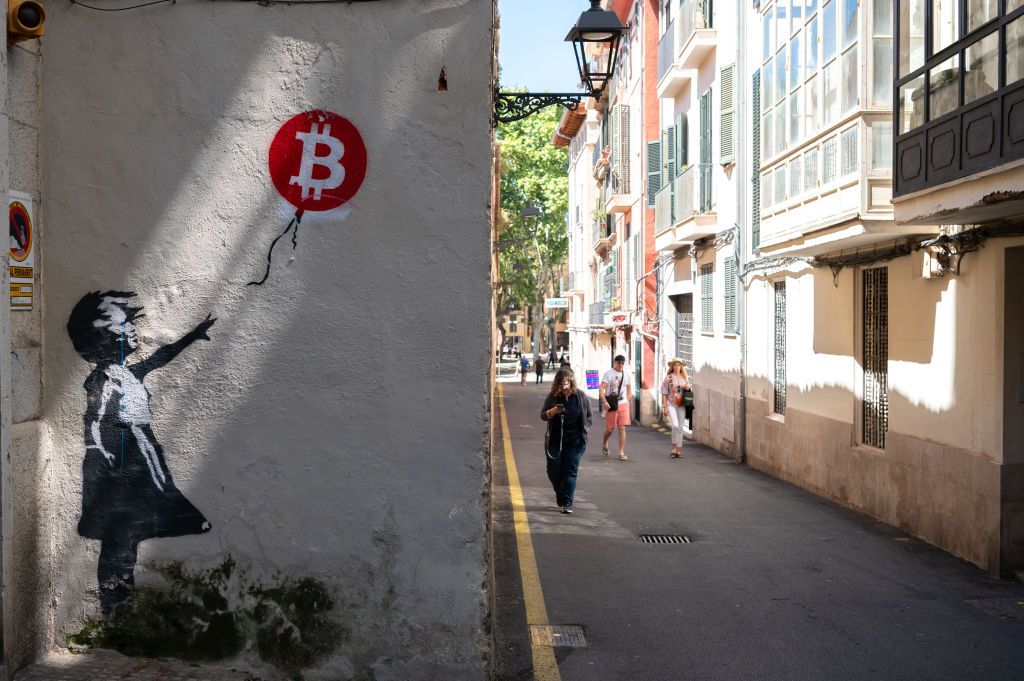A crypto project, which claims that it has made important breakthroughs in the field of quantum information, has attracted the attention of investors. However, many experts are skeptical about whether the code presented by the project supports these claims.
The Altcoin project, which claims to be quantum resistant, “is denied!”
The Altcoin project, Tsotchke, directed by anonymous developers, claims that it uses “Spin -based Quantum Information ve and has developed artificial intelligence with quantum advantage. However, some experts working in the field of cryptography and quantum information, the project’s code does not confirm these allegations, he says.
Paulo Viana, the founding partner and quantum scientist of Quant Bond, who works on quantum information, used the following statements after examining the project:
The comparisons they offer (benchmark) are far from being extremely ambitious and convincing. In the field of quantum information, researchers often consider even small and gradual progress as great success. However, Tsotchke suggests that he has grounded in multiple areas.
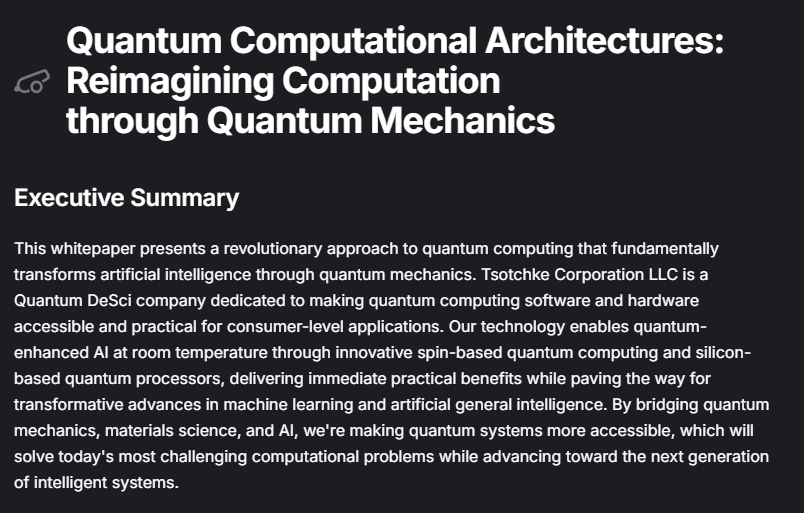
The main developer of the project uses the Tsotchke nickname and responds harsh criticism on social media. He claims to teach mathematical physics at an anonymous university.
On the other hand, the developer was seen to use threatening expressions to critics. For example, in a message, it was found that he wrote directly, orsa If you criticize me again, you will disappear ”.
Token and investor interest
Tsotchke Token, the project, managed to reach a market value of $ 54 million thanks to the intense interest of investors. However, this value decreased and decreased to $ 20 million. According to Gecchoterminal data, more than 7,000 wallets are currently holding the token. While the Tsotchke team refused to explain their identities, the leader of the project said:
I prefer to stay anonymous. This is a completely personal decision.
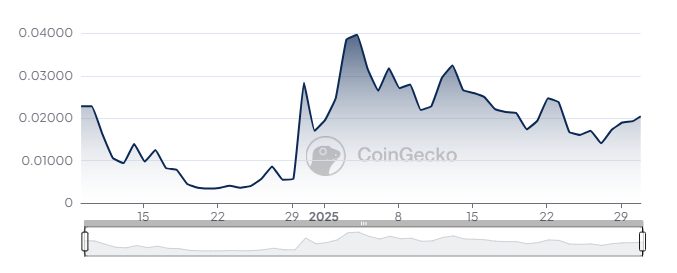
Altcoin projects caught in the trend of quantum and artificial intelligence
The combination of artificial intelligence and bloczincir technology has recently caused many crypto projects to emerge. For example, Virtuals Protocol allows users to create digital assets through artificial intelligence and reached a market value of $ 4.6 billion. Elizaos, on the other hand, claims that it was the first DAO with artificial intelligence -backed venture capital and rose to a valuation of $ 2.6 billion.
Like these projects, Tsotchke claimed that he would “revolutionize in the field of machine learning and artificial intelligence, and launched his Token on December 4 over the Memecoin platform Pump.fun. The project, which attracted great attention in a short time, quickly reached a market value of $ 54 million. However, then he lost value to $ 20 million.
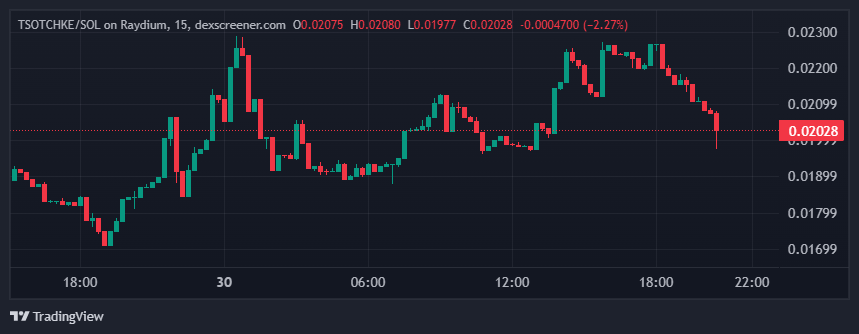
The reality of the allegations is discussed
Tsotchke claims that companies such as billion -dollar technology giants Intel, Diraq and Hitachi can produce quantum information without the need for special equipment. However, Quantum EVM CEO Ian Smith says it is not logical:
Tsotchke claims to perform electron spin quantum information on the hardware running with any C programming language. This is a very suspicious explanation.
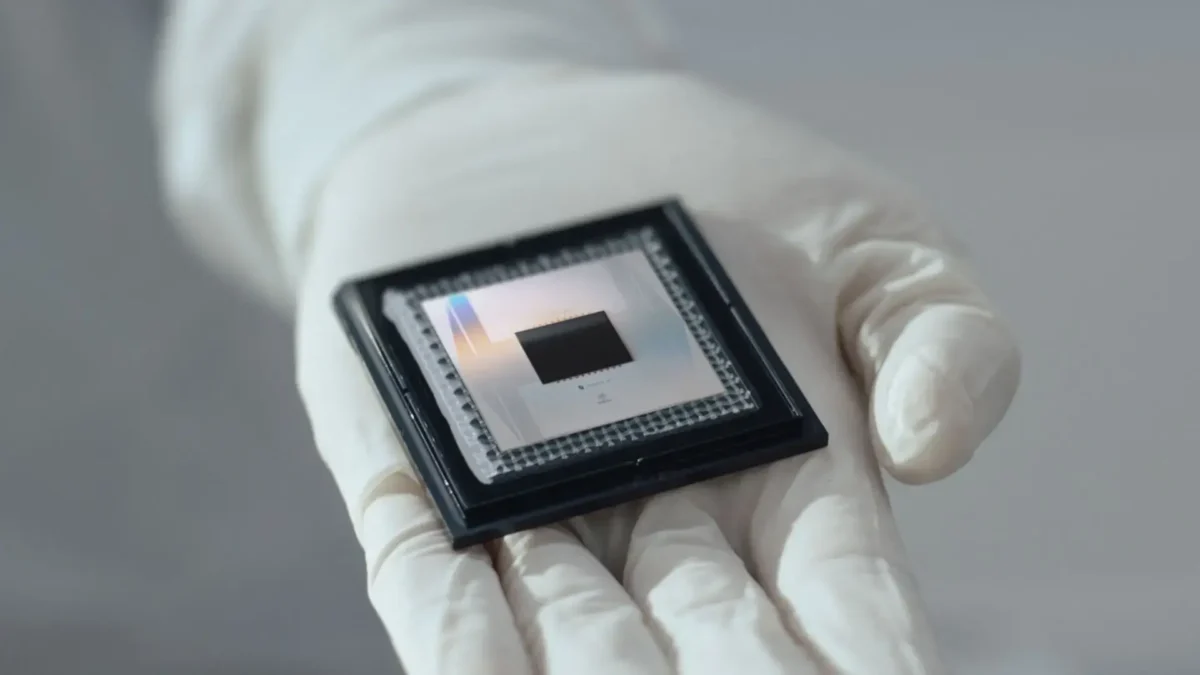
On the other hand, the project team argues that it offers “unprecedented processing power ında in the field of artificial intelligence. However, Pierre-Luc Dallaire-Demers of Calgary University, emphasizes that this is an unresolved problem to date:
Theoretically, it is not impossible, but no evidence is offered that the project deals with the basic problems.
Code review: Is it really quantum?
The most important element to verify the claims of the project is the source code shared on Github. However, Kaushal Kumar Singh, the Chief Bloczincir developer of Quantum Resistor Ledger, reached the following conclusion after examining the code:
I could not find any elements in the code about the blocky or post-kuantum cryptography. It only contains a small random number generator (Random Number General) that mimics the principles of quantum mechanics in a digital environment.
Similarly, Quantum EVM CEO Ian Smith says that the code has nothing to do with quantum information:
If we remove the word ‘quantum’ from the project, there will be a random number producer. This much.
Who is this tsotchke?
The project writes on the website that the chief researcher has a 15 -year quantum informatics experience. However, there is no academic articles, patents or references. Quant Bond Founder Paulo Viana says that this deficiency damages the reliability of the project:
The lack of reliable references, which are the cornerstone of scientific research, seriously question the legitimacy of the project.
Experts have discovered that the e-mail address in the GitHUB account of the project has a field of an area of the University of Concordia in Canada. However, the university refused to comment on whether this person is an current or former student or employee.




